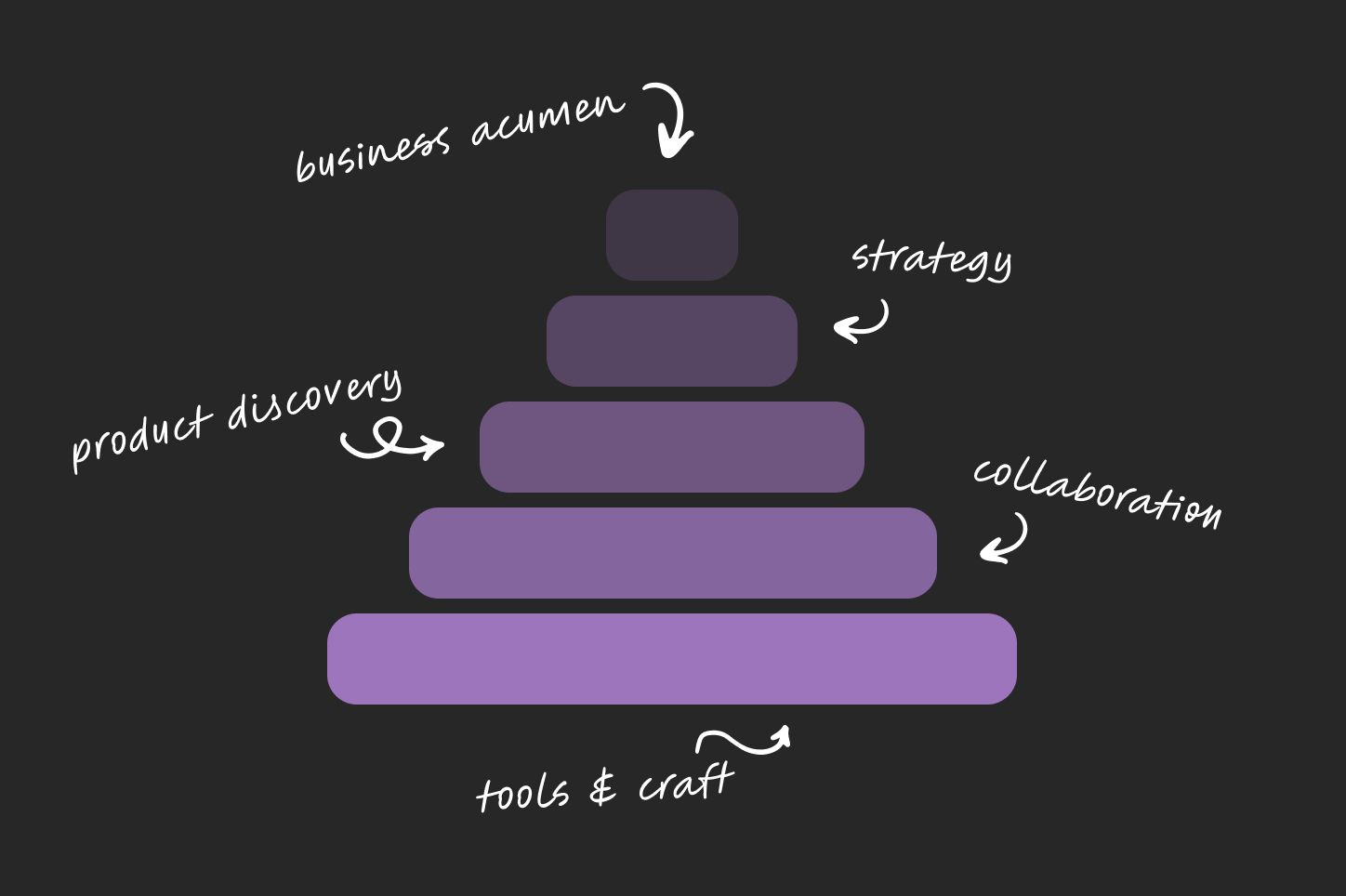Great designers. How curiosity leads to understanding products better
#47: Jumping from good to great and staying relevant in the blurry future
Welcome to Fundament, a weekly product design newsletter where we share actionable tips and insightful stories with the worldwide design community.
Great designers. How curiosity leads to understanding products better
A few weeks ago, I spoke to a product manager who works at a relatively big tech company. In the past, they had on their team a designer wh…
Keep reading with a 7-day free trial
Subscribe to Fundament – Product Design Newsletter to keep reading this post and get 7 days of free access to the full post archives.


